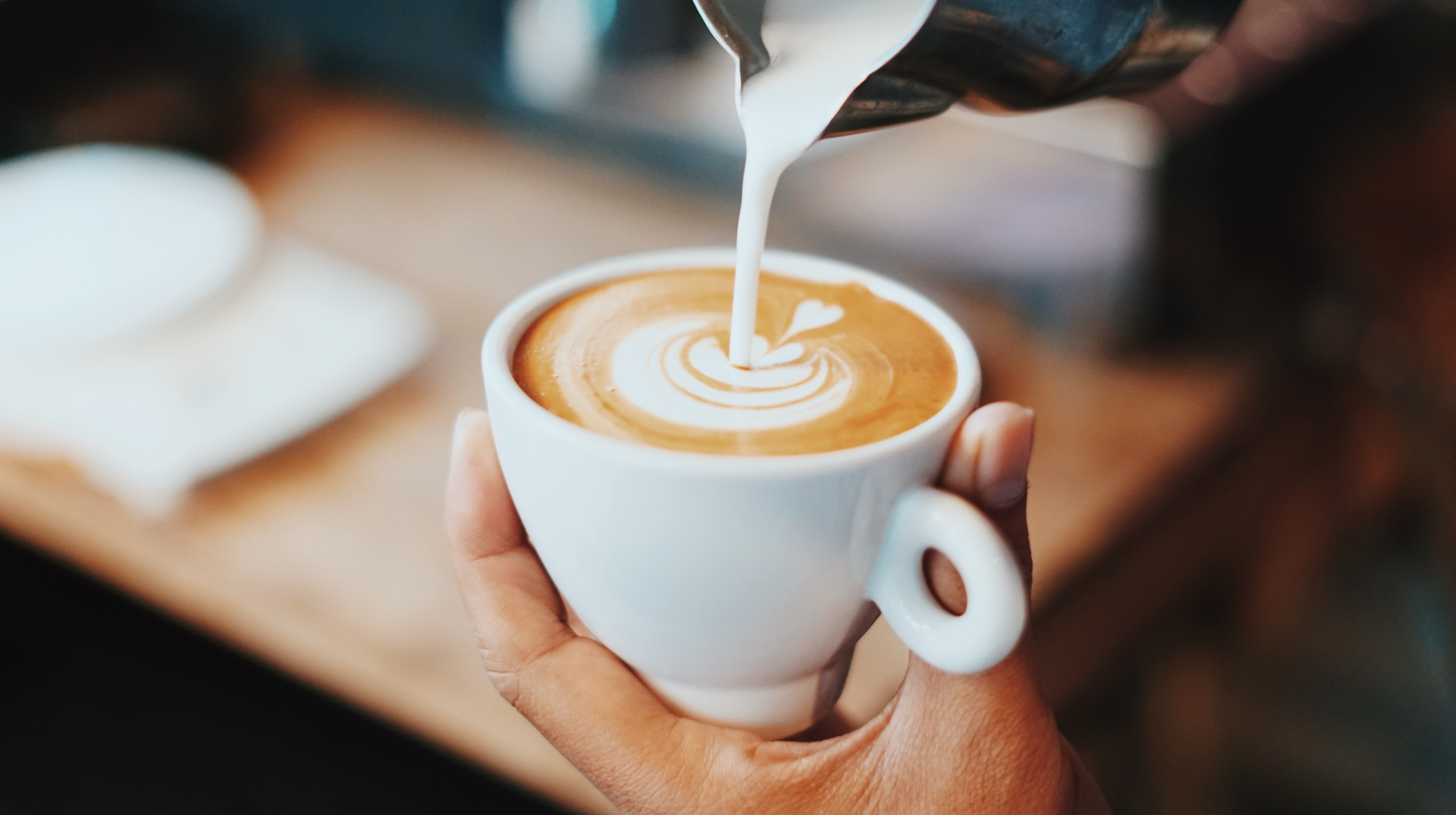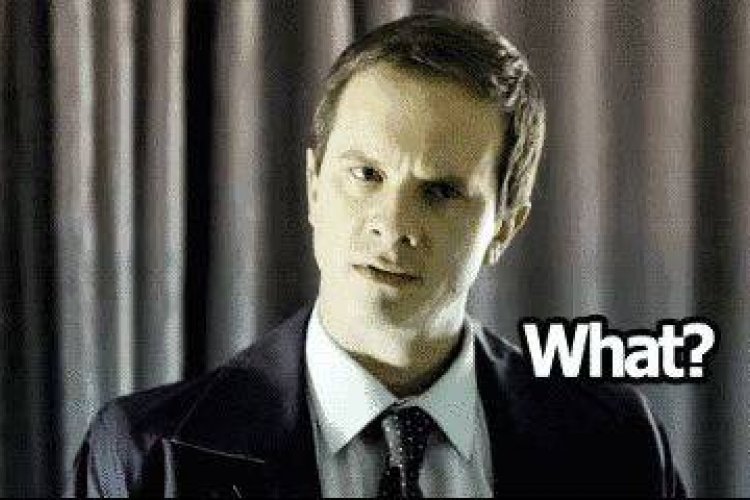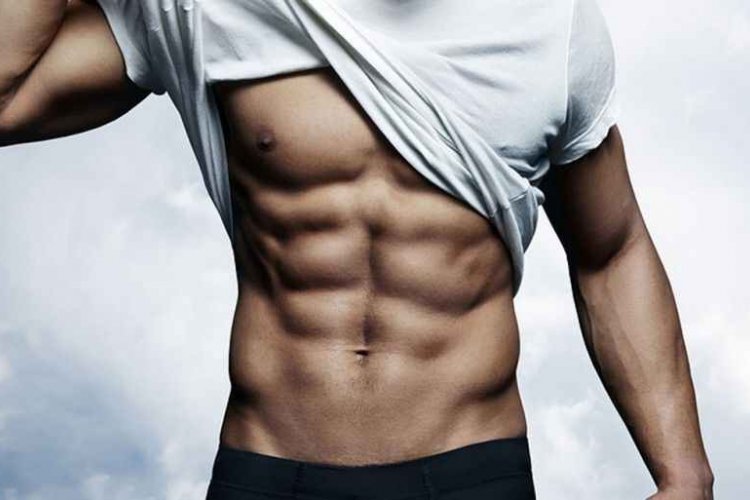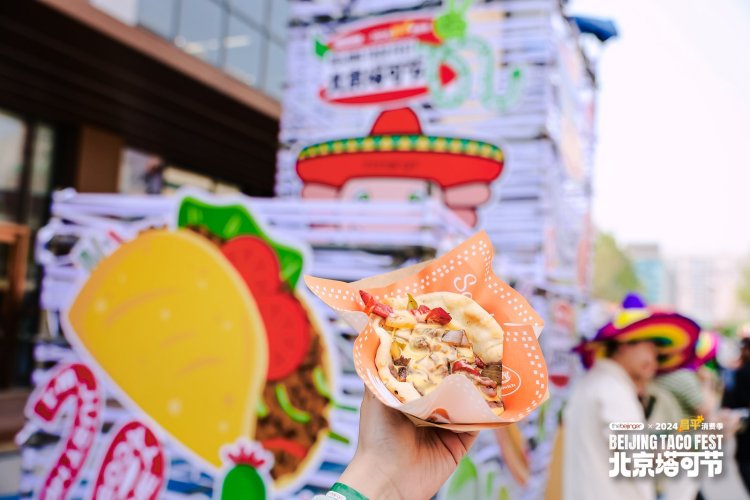Mandarin Monday: Getting Your Coffee Fix in Chinese
Although it was brought to China's southwestern Yunnan provinvce in the 1880s by French missionaries, coffee consumption in China didn't really take off until the 1990s, when local production, aided by international organizations, took off, and when the first Starbucks landed in the country.
Saying there's been a boom in coffee consumption in China since 1988 would be an understatement, with consumption over the past 14 years having risen over 1,000 percent, according to statistics from International Comunicaffe. With that in mind, it’s as good a time as any to brush up on Chinese coffee terminology.
The basic term for coffee, 咖啡 kāfēi, is taken from French café, with the English “café” becoming 咖啡店 kāfēi diàn.
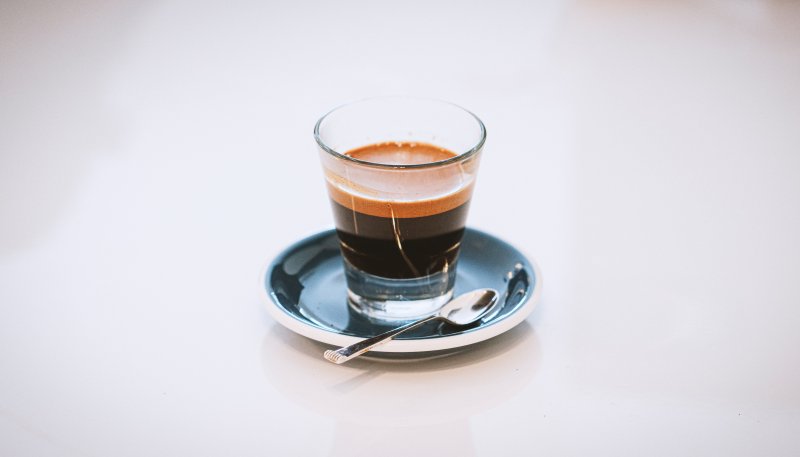
Here are the classic coffee beverages you can get at your nearest kafei dian:
Americano 美式咖啡 Měishì kāfēi – The plainest of plain coffee you can find in cafés wherever you go, it’s espresso diluted with hot water, resulting in a longer drink that’s popular in the US – hence the name.
Latte 拿铁 Nátiě – Espresso mixed with steamed milk and a bit of foam on top.
Cappuccino 卡普奇诺 Kǎpǔjīnuò – A cappuccino has less milk and more foam than a latte, which gives the appearance of a hat, or cap, atop the coffee.
Espresso 浓缩 / 浓缩咖啡 Nóngsuō /Nóngsuō kāfēi – Strong, concentrated black coffee made by forcing steam through finely ground coffee beans. Most cafés serve this in shots you can order on their own or add to another coffee drink for more of a kick.
Mocha 摩卡 Mókǎ – Pretty much coffee with milk and any kind of chocolate flavoring, usually cocoa powder.
Macchiatto 玛奇朵 Mǎqíduǒ – Espresso drink with only a teaspoon or two of steamed milk.
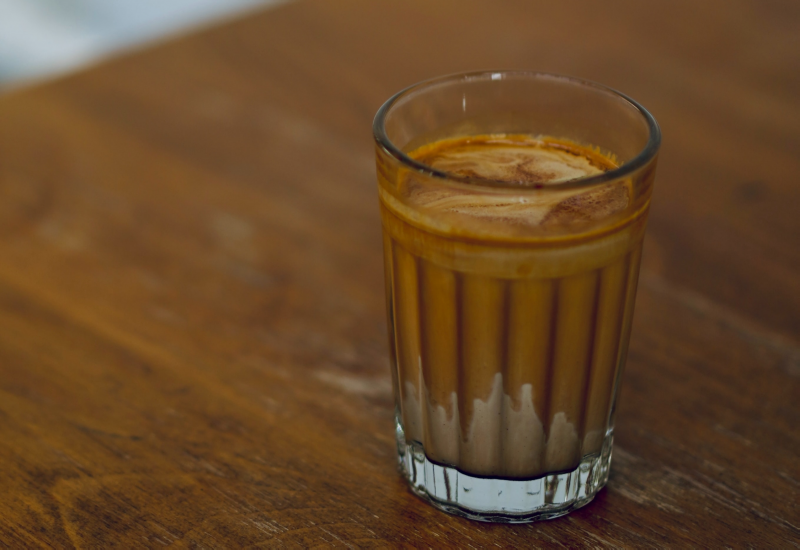
Then, there are the oddball coffee drinks that you’ll find on a number of kafei dian menus across China. Because some of these drinks hail from Australia (澳大利亚 àodàlìyà), they’ll often feature the character 澳 ào in their name. The following are some of the most common of these oddball drinks:
Flat White 澳白 Àobái – The “flat” in this drink’s name comes from the thin, flat layer of foam atop two shots of espresso and steamed milk, allowing for more of the espresso flavor to shine through.
Long Black 澳黑 Àohēi – Allegedly produced to cater to Americans visiting the land down under, the Long Black is different from an Americano in that the espresso is poured over hot water to make it, leaving the espresso crema on top and saving most of the bold flavor.
Dirty 脏咖啡 Zàng kāfēi – Pretty much a bare bones espresso with milk in which the espresso is poured over the milk. It then slowly mixes with the milk, resulting in a “dirty” appearance.
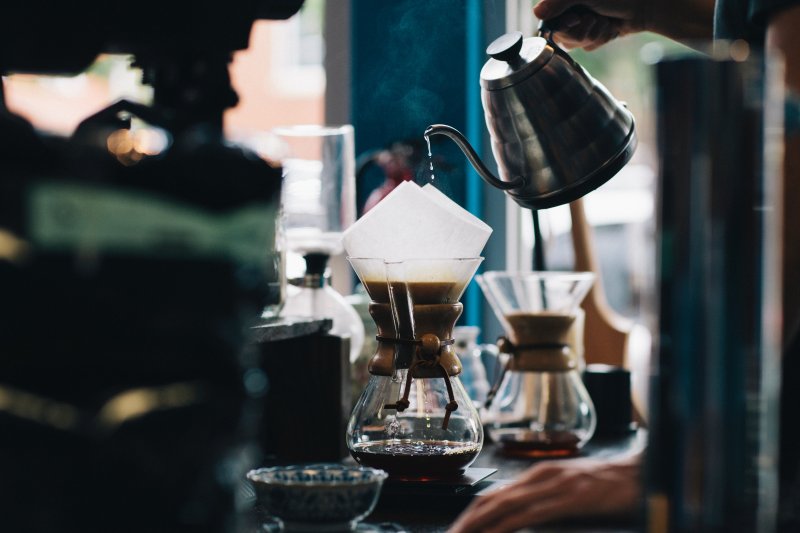
There are still other options, including cold brew coffee (冷萃咖啡 Lěngcuì kāfēi), which you can grab by the bottle in a number of Beijing cafés, and pour-over coffee (手冲咖啡 Shǒuchōng kāfēi), which, although a bit more pricey than a regular Americano or espresso, is plain black coffee done just right.
Ordering a cup is pretty straightforward: 我要一杯… Wǒ yào yìbēi... For instance, if it’s an Americano you want, simply say, “我要一杯美式 Wǒ yào yìbēi měishì.” Cold is 冰 bīng (“ice”) and hot is 热 rè, so to specify which you want, you would simply say, “我要一杯 热 / 冰美式 Wǒ yào yìbēi rè/ bīng měishì.”
What's your preferred coffee drink of choice?
READ: Mandarin Monday: A Cheat Sheet for Ordering in Mandarin
Images: Unsplash

